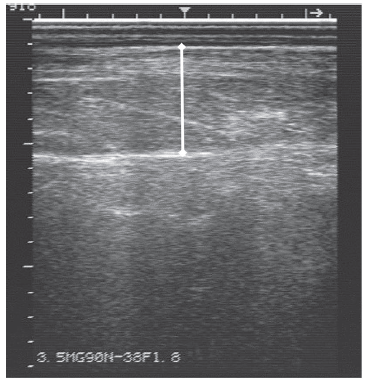Protein for Transition
Energy for Transition, Absolutely! But Protein Vital, Too
Cows mobilize adipose, protein, and glycogen stores to meet energy and amino acid requirements that increase dramatically in late gestation and early lactation. In high-producing cows, meeting energy needs is a top priority. However, toward the end of gestation, cows also mobilize amino acids (AA) from available protein sources, including skeletal muscle. So researchers are looking closely at AA in dry cows and during early lactation.
Currently, the relatively stable cost of most supplemental AA and lower cost of protein sources means supporting muscle in dry cows and during early lactation may be economical insurance for a strong transition.
Risk of protein imbalance
“In high-producing cows during early lactation,” says Purdue’s Dr. Jackie Boerman, “we can see the effects of negative protein balance in milk components and circulating AA. These cows are ‘milking off their muscle’ as well as their body fat.”
Muscle is both a protein and energy source in early lactation. Boerman notes research showing that dry cows in optimal body condition with approximately 210 lbs. of protein mobilized more than 45 lbs. of protein from the period prior to calving to 5 weeks postpartum.
Studies also show cows mobilize AA from muscle to meet specific AA requirements for milk protein synthesis. Compared with milk, muscle is lower in branched-chain AA (leucine, isoleucine, valine), which make up almost half of the essential AA in milk.
In a protein-deficient state during early lactation, from lack of sufficient intake, the mammary gland reduces the catabolism of certain essential AA, instead using them for milk protein synthesis.
Body condition as guide?
Ultrasound image of the longissimus dorsi depth (white line) in a dairy cow (McCabe & Boerman, 2020).
Protein mobilization is “energetically expensive,” Boerman points out, and there is a modest correlation between body condition score (BCS) and protein reserves. However, she stresses, there is no reliable way to use BCS to assess the cow’s protein balance. So the Purdue lab uses ultrasound technology to measure the ribeye (longissimus dorsi, which correlates with overall muscle tissue) as well as metabolic measures (tri-methylhistidine:creatinine ratio).
Overall, Boerman says, studies stress the importance of providing cows the appropriate balance of AA in early lactation to maximize milk protein synthesis and potentially prevent excessive muscle mobilization.
“So long as the mammary gland is dictating body reserves, AA supply must follow. If we support protein in late gestation and early lactation, then late lactation and dry cow status improves. “
Boerman notes that methionine, lysine, and histidine are the most likely targets of transition precision feeding with branched-chain AA coming next as ingredients high in these AA are selected.
Questions?
Email FeedInsight 4U


